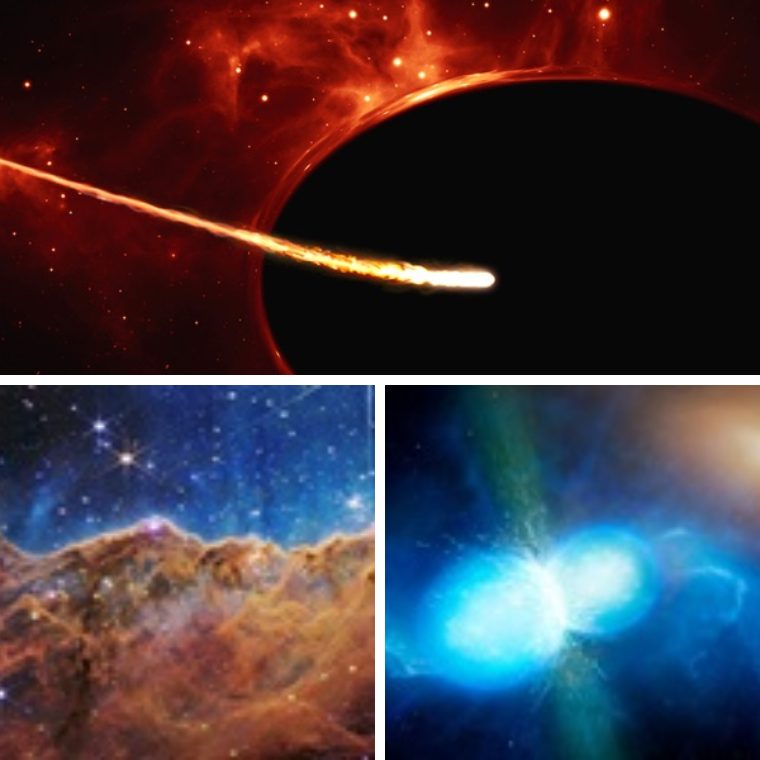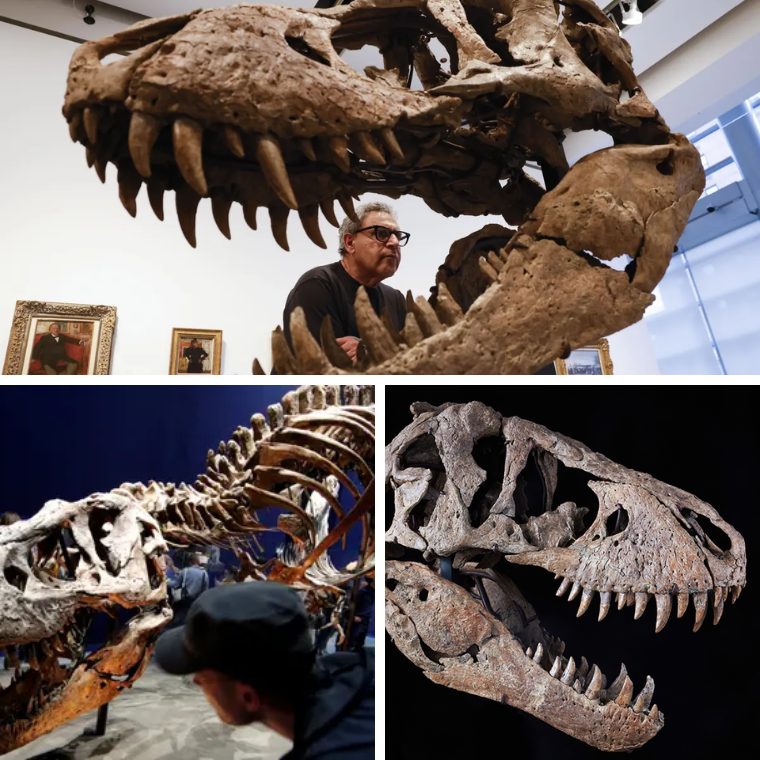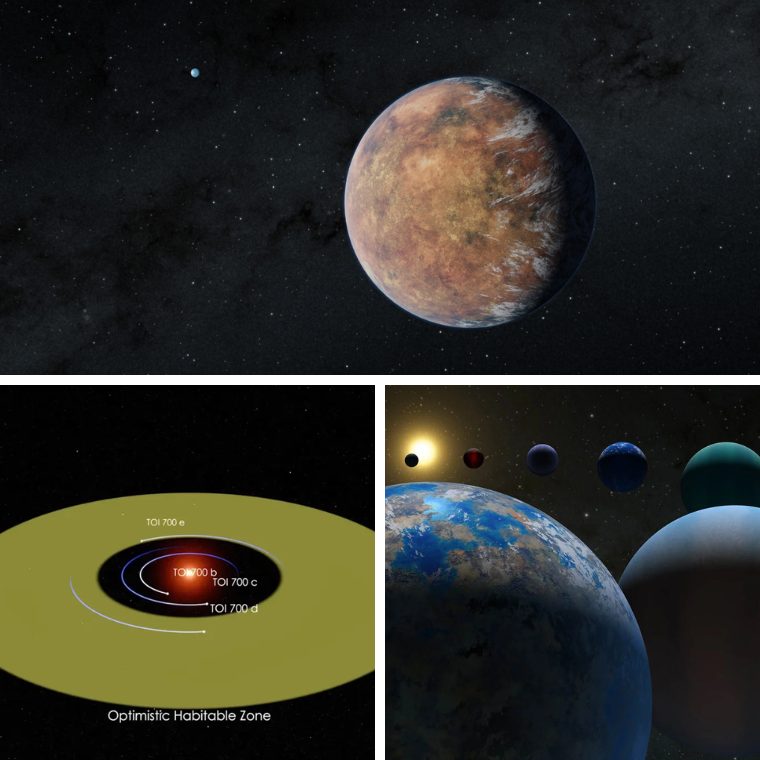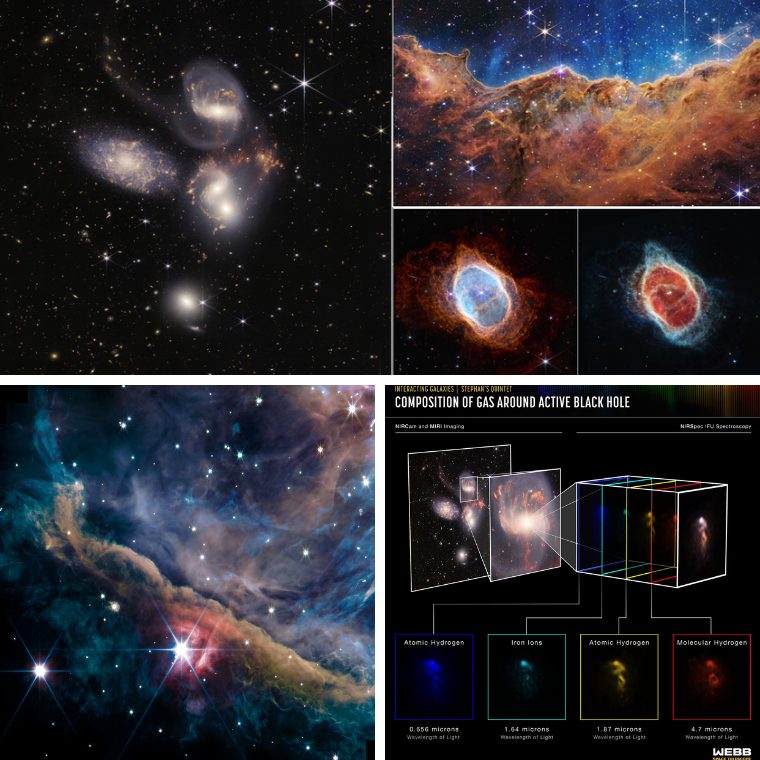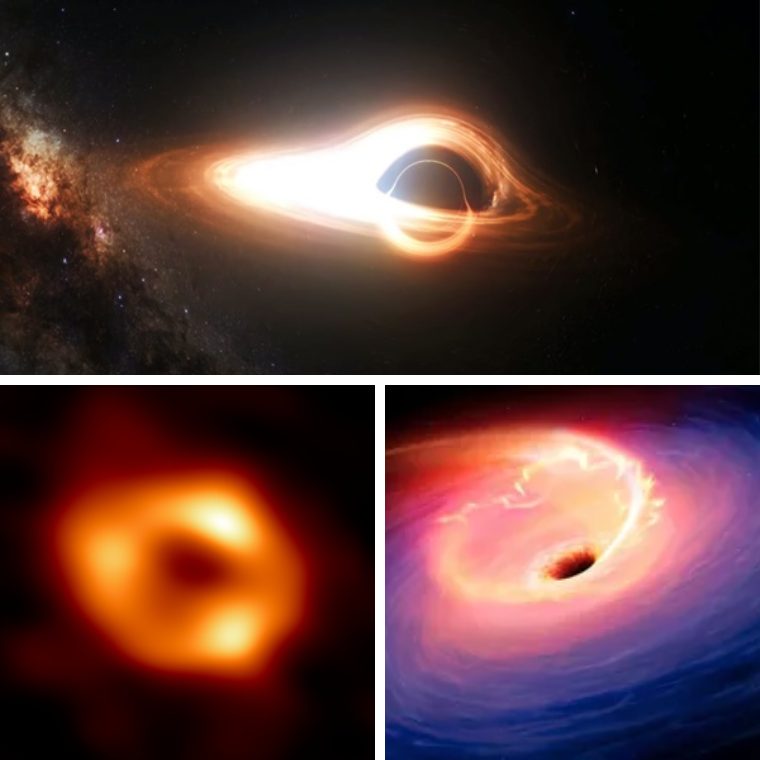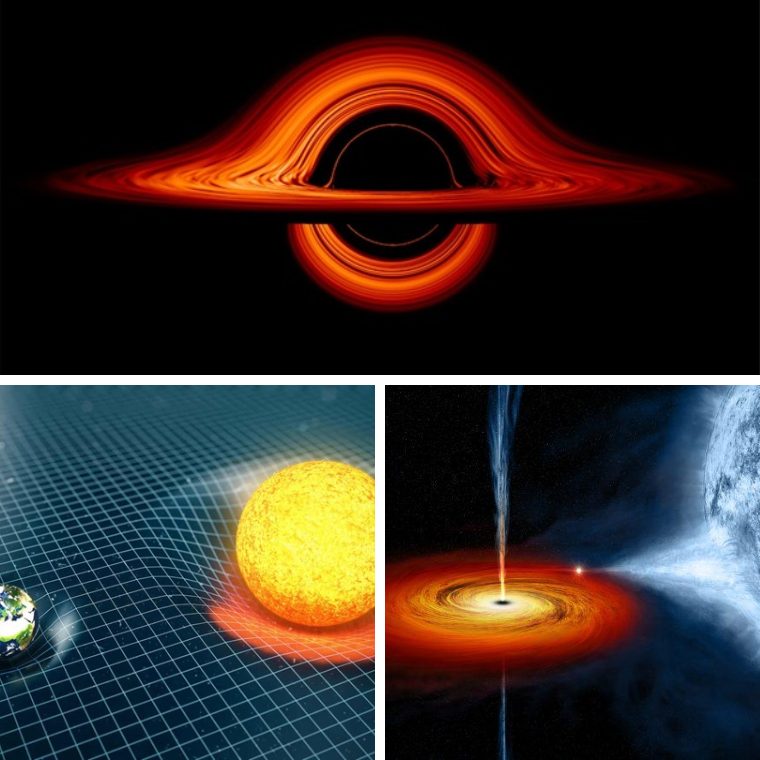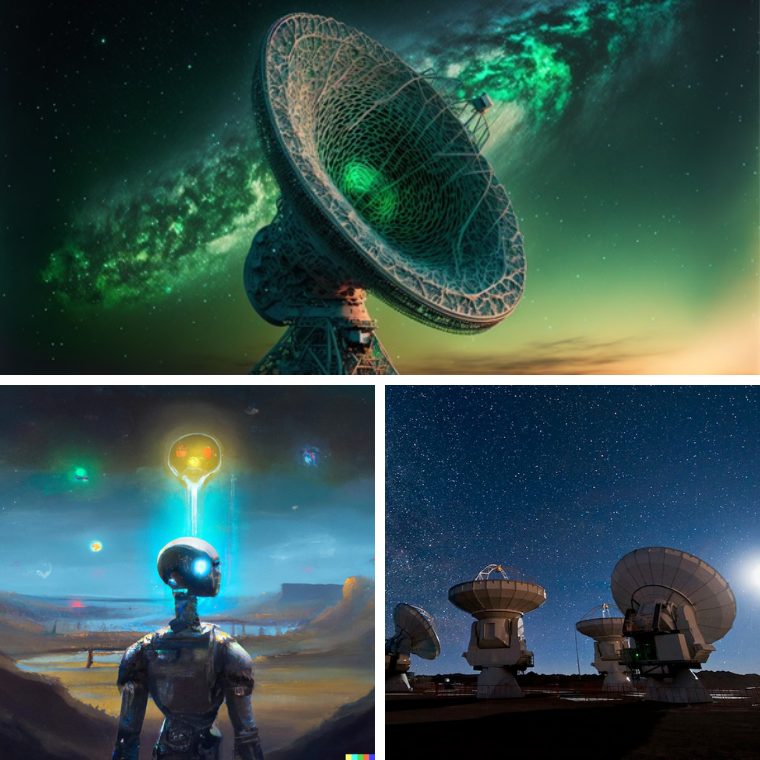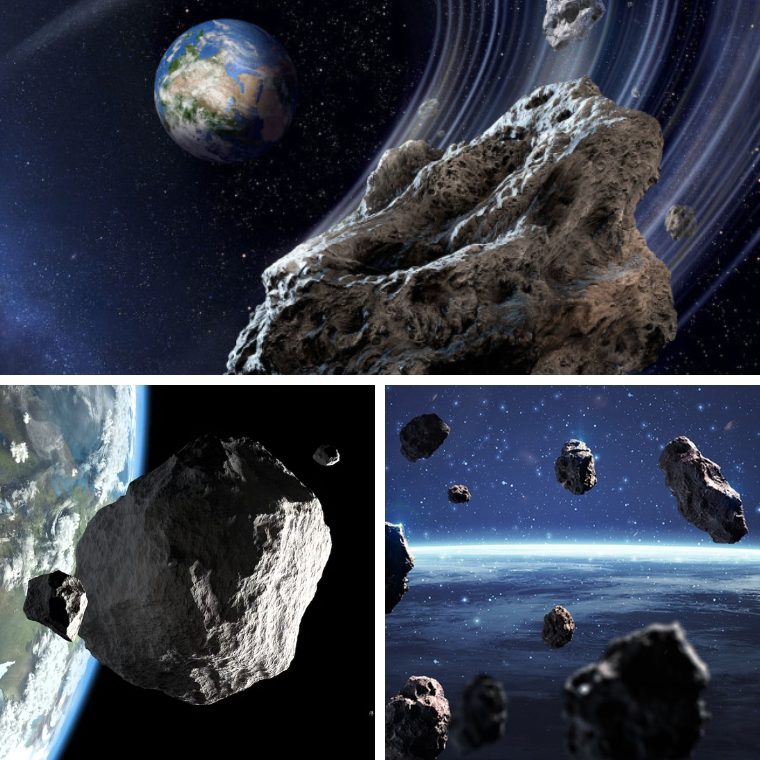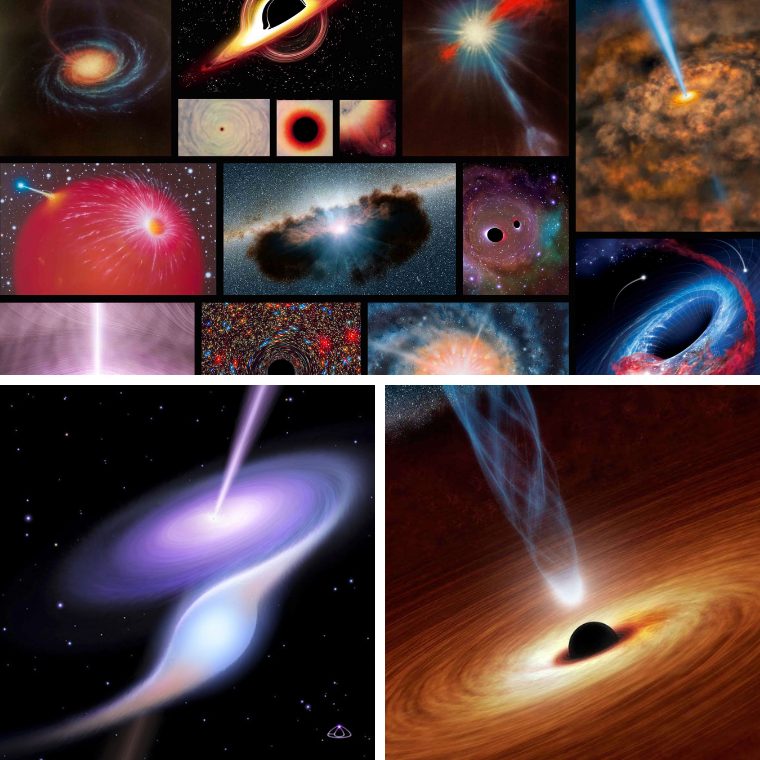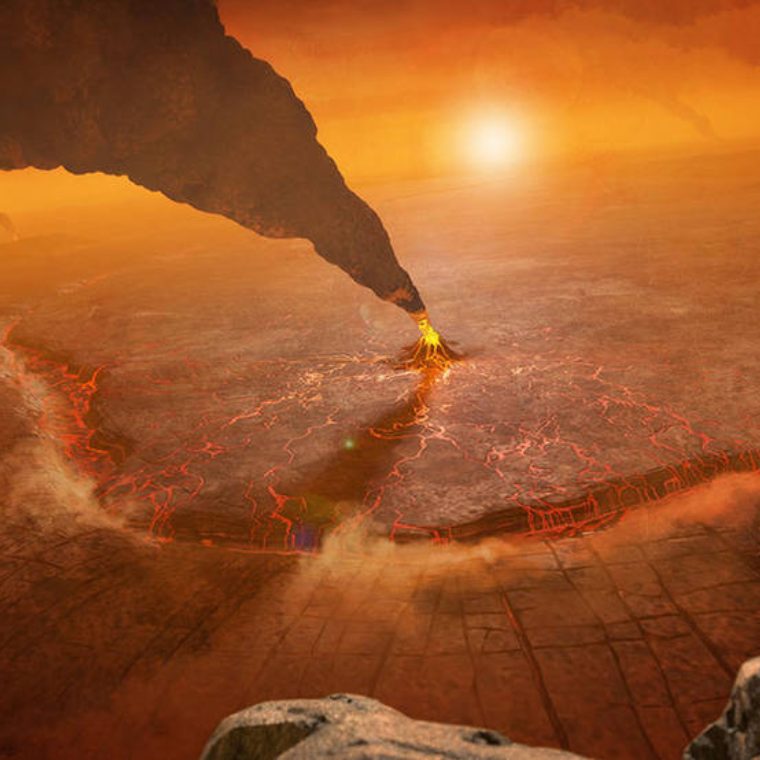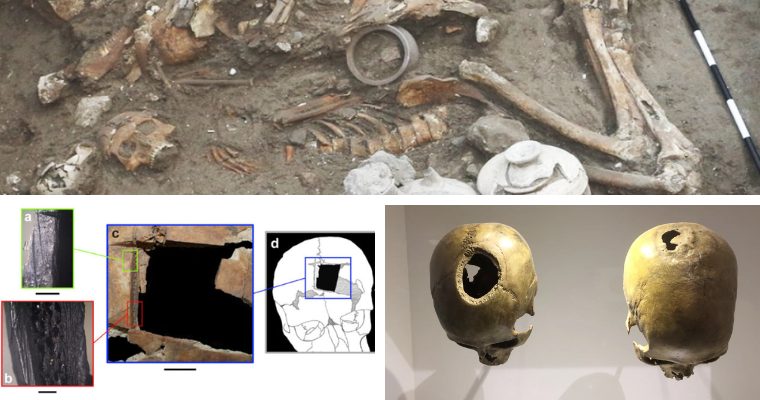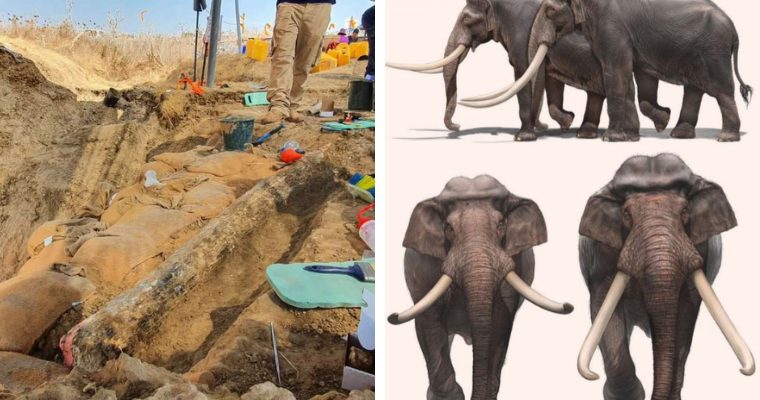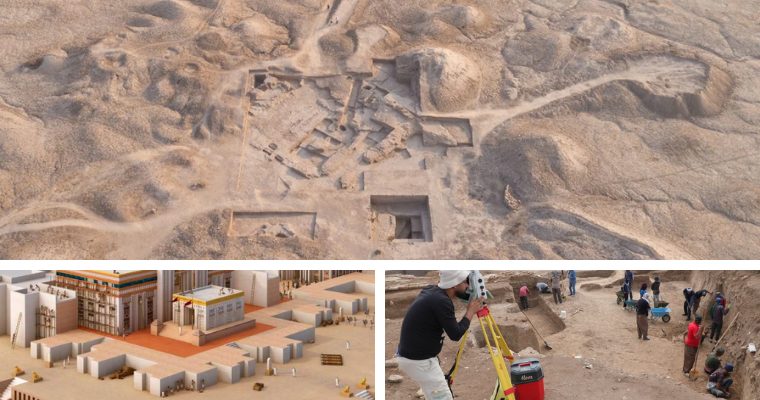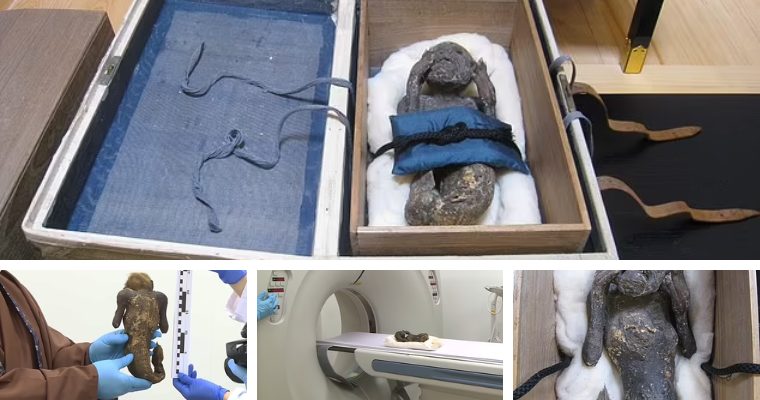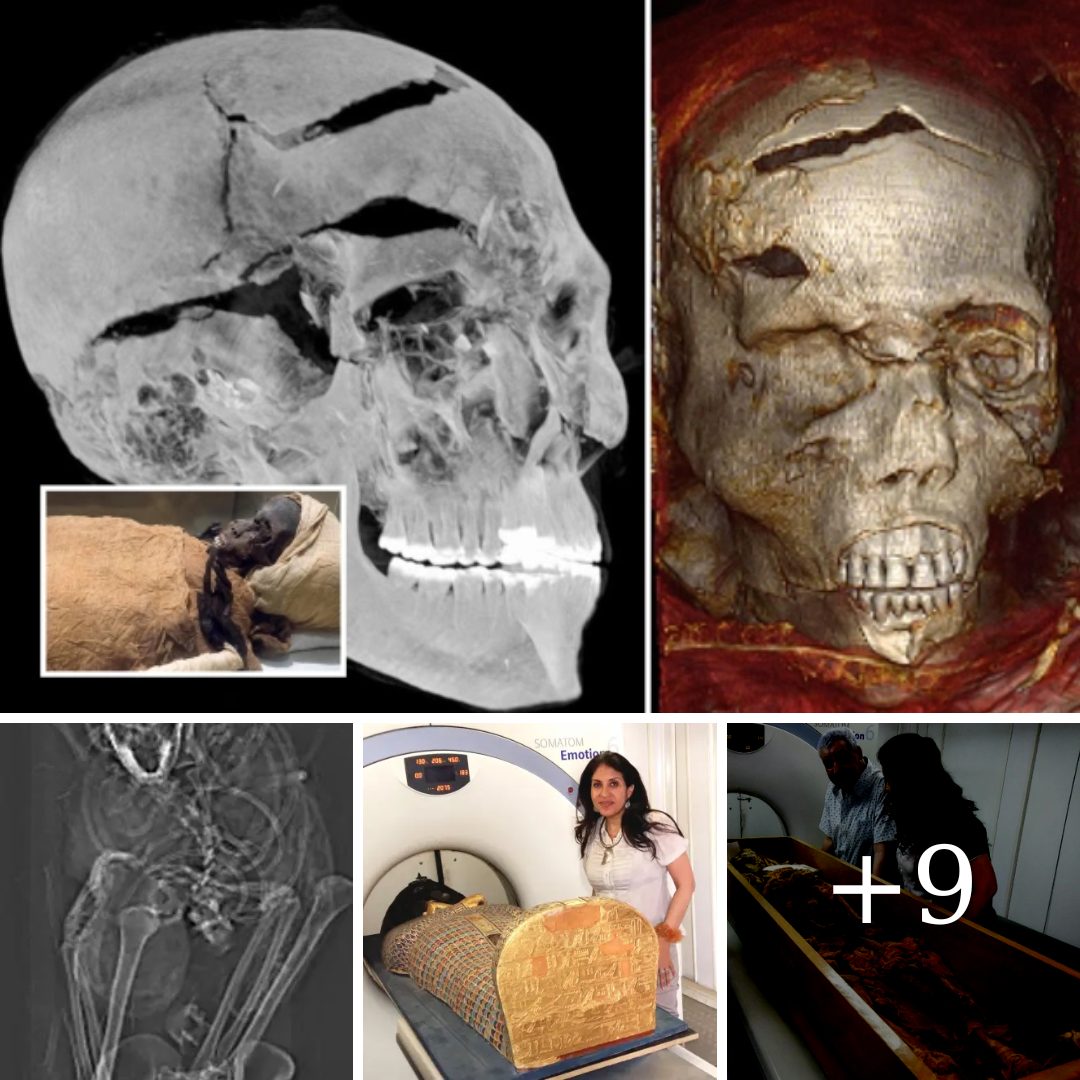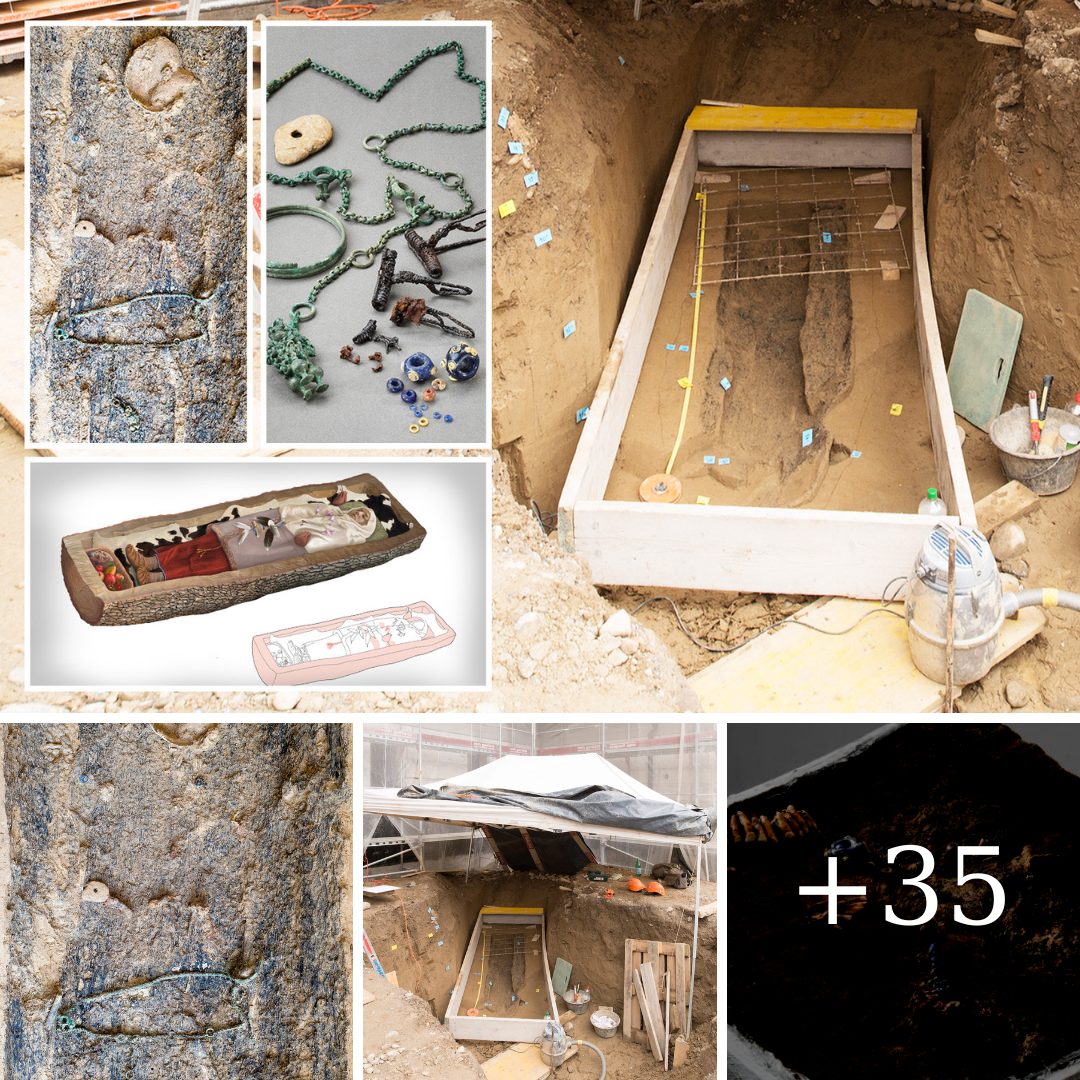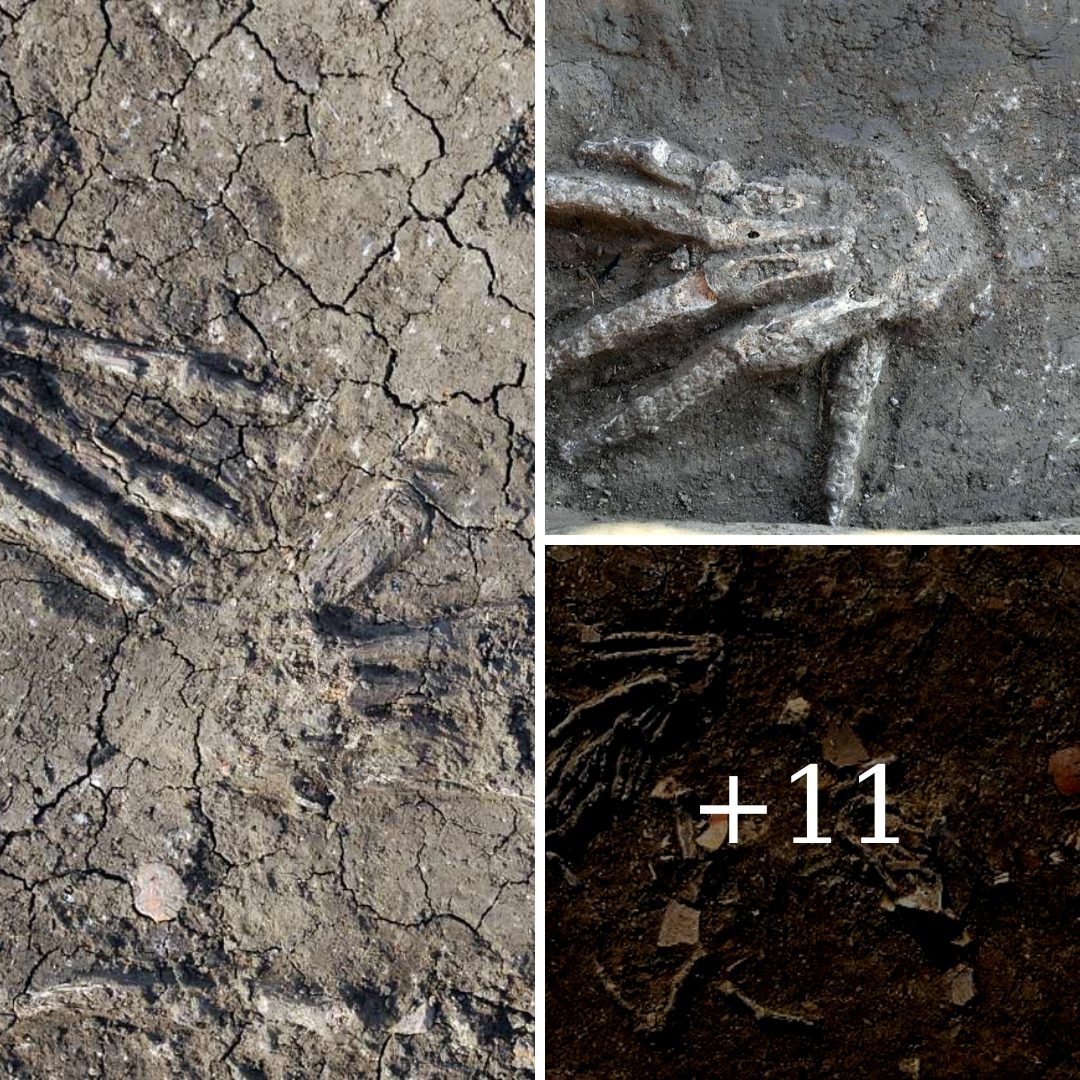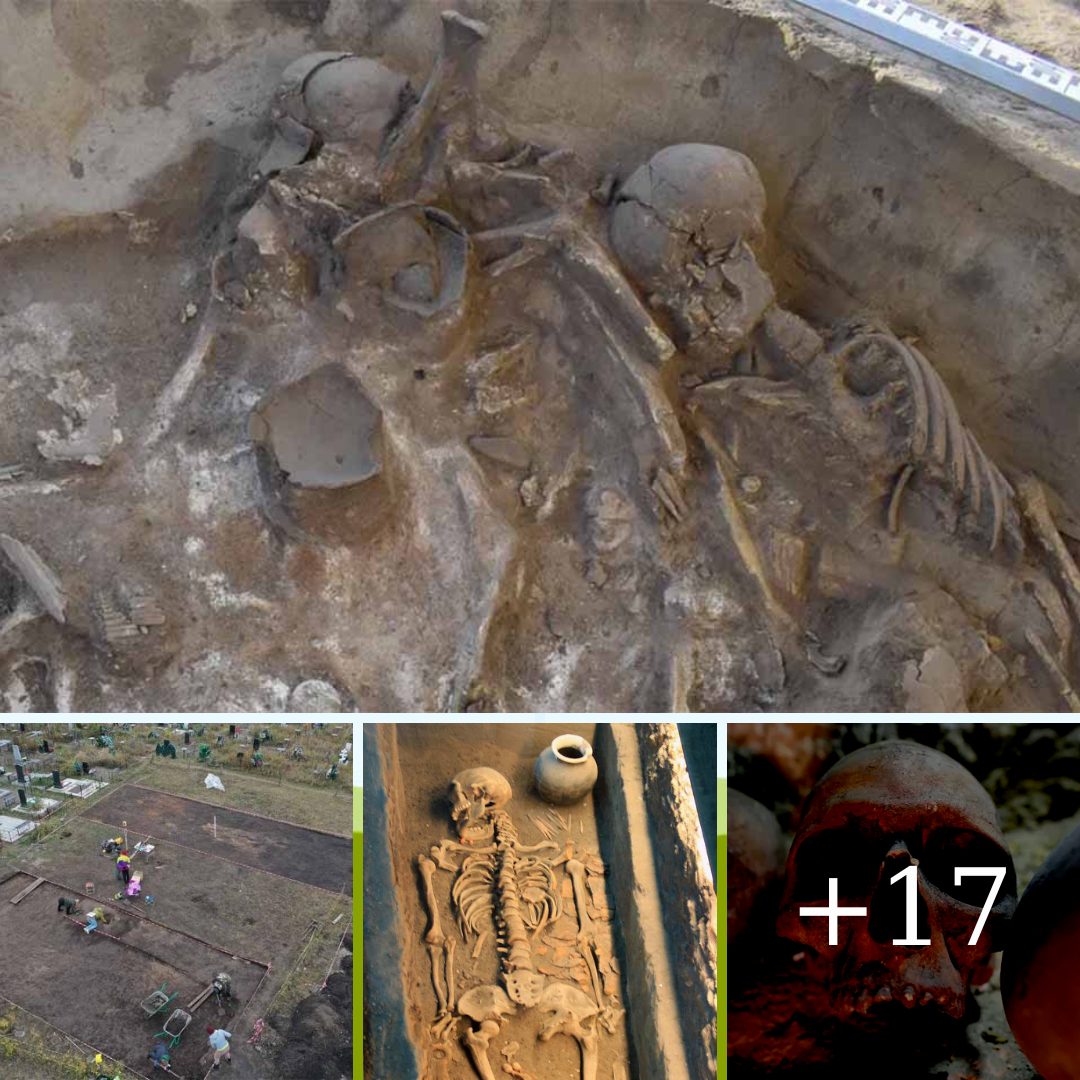An illustration of a spherical explosion in space. (Albert Sneppen) The colossal explosion resulting from a merger between two neutron stars has an unexpectedly perfect shape. According to a new analysis of the aftermath of a historical neutron star collision observed in 2017, the kilonova explosion produced by the two stars was a completely symmetrical, almost perfect sphere. And astronomers just don’t know why. It contradicts all previous assumptions about and models of kilonovae. “No one expected the explosion to look like this. It makes no sense that it is spherical, like a ball,” says astrophysicist Darach Watson of the Niels Bohr Institute in Denmark.…
Author: s s
The tidal forces at the event horizon of a stellar-mass black hole are much more violent than around a supermassive black hole. Even though a human falling into a supermassive black hole wouldn’t be spaghettified, a star still experiences tidal forces as it falls into a black hole, as shown in this artist’s concept. Why would someone falling into a stellar-mass black hole be spaghettified, but someone crossing the event horizon of a supermassive black hole would not feel much discomfort? First, what exactly causes spaghettification? This process is the result of tidal forces, or the difference in gravity between…
Fossil named Maximus unearthed in South Dakota rated one of most complete T rex skulls ever found Maximus, the 91kg Tyrannosaurus rex skull, retains much of its original shape, with even delicate bones present. Photograph: John Angelillo/UPI/Rex/Shutterstock A Tyrannosaurus rex skull discovered in South Dakota is expected to sell for between $15 and $20m (£13m-£17m) when it is auctioned next month in New York, Sotheby’s has said. The 76m-year-old skull, nicknamed Maximus, is being sold by an anonymous seller at a live auction on 9 December. The skull, which weighs 91kg (200lb) and measures about two metres, is said to be…
TOI-700 is an M2-type star around 102 light-years away in the southern constellation of Dorado. Otherwise known as UCAC3 49-21611 and 2MASS J06282325-6534456, the star is roughly 40% of the Sun’s mass and size and about half its surface temperature. In 2020, astronomers announced the discovery of three exoplanets orbiting TOI-700. The innermost planet, TOI-700b, is almost exactly Earth-size, is probably rocky, and completes an orbit every 10 days. TOI-700c is a gas giant about 2.6 times the size of Earth, and orbits the parent star once every 16 days. The outermost planet, TOI-700d, is 1.1 times the size of Earth, and has…
An enormous mosaic of Stephan’s Quintet is the largest image to date from NASA’s James Webb Space Telescope, covering about one-fifth of the Moon’s diameter. It contains over 150 million pixels and is constructed from almost 1,000 separate image files. The visual grouping of five galaxies was captured by Webb’s Near-Infrared Camera (NIRCam) and Mid-Infrared Instrument (MIRI). Credit: NASA, ESA, CSA, STScI NASA’s James Webb Space Telescope reveals never-before-seen details of the galaxy group called “Stephan’s Quintet” in an enormous new image. The close proximity of this group gives scientists a ringside seat to galactic mergers and interactions. Astronomers rarely see in…
The OIII emission nebula Strottner-Drechsler-Sainty Object 1 appears next to M31 as a banded teal arc in this HOLRGB image. Despite being one of the most venerable and prominent objects in the night sky, the Andromeda Galaxy (M31) still has surprises. And a group of amateur astronomers have uncovered the latest: a previously unknown emission nebula lying just southeast of Andromeda and spanning half the width of the galaxy itself. The feature was discovered in images taken last year with an Oxygen-III (OIII) filter by French astroimager Yann Sainty, who worked with Marcel Drechsler and Xavier Strottner to process and…
While we can’t see inside a black hole, we can spot the intensely bright glowing disk that surrounds one. Now, we might better understand why these disks appear to twinkle. Black holes are bizarre things, even by the standards of astronomers. Their mass is so great, it bends space around them so tightly that nothing can escape, even light itself. And yet, despite their famous blackness, some black holes are quite visible. The gas and stars these galactic vacuums devour are sucked into a glowing disk before their one-way trip into the hole, and these disks can shine more brightly…
A team of archaeologists say they have found what could be the portrait of a king carved into stone at the foot of the 4,300-year-old Shimao Pyramid in Shenmu, Shaanxi province in northwest China. Shimao archaeological site is located in the northern part of the Loess Plateau, on the southern edge of the Ordos Desert. The site dates to about 2000 BC towards the end of the Longshan period and covers an area of about 400 ha. The walls at Shimao, the largest known walled site of the period, were originally believed to be a section of the Great Wall…
Black holes form natural time machines that allow travel to both the past and the future. But don’t expect to be heading back to visit the dinosaurs any time soon. At present, we don’t have spacecraft that could get us anywhere near a black hole. But, even leaving that small detail aside, attempting to travel into the past using a black hole might be the last thing you ever do. What are black holes? A black hole is an extremely massive object that is typically formed when a dying star collapses in on itself. Like planets and stars, black holes…
AI’s ability to identify ‘technosignatures’ missed by classical algorithms is an exciting step forward for radio astronomers. Some 540 million years ago, diverse life forms suddenly began to emerge from the muddy ocean floors of planet Earth. This period is known as the Cambrian Explosion, and these aquatic critters are our ancient ancestors. All complex life on Earth evolved from these underwater creatures. Scientists believe all it took was an ever-so-slight increase in ocean oxygen levels above a certain threshold. We may now be in the midst of a Cambrian Explosion for artificial intelligence (AI). In the past few years,…
Touring Mars Mars is a planet of vast contrasts — huge volcanoes, deep canyons, and craters that may or may not host running water. It will be an amazing location for future tourists to explore, once we put the first Red Planet colonies into motion. The landing sites for these future missions will likely need to be flat plains for safety and practical reasons, but perhaps they could land within a few days’ drive of some more interesting geology. Here are some locations that future Martians could visit. Olympus Mons Olympus Mons is the most extreme volcano in…
NASA is working hard to identify and track asteroids that pose the greatest danger to Earth. But despite a congressional mandate, the agency is falling short. Last year, NASA’s DART mission made headlines after it successfully smashed into the side of Dimorphos, the small orbiting companion of a larger asteroid named Didymos. That planned impact measurable changed the orbit of Dimorphos, heralding a new chapter in humanity’s ability to defend itself from cosmic threats. One small problem: We have very little idea of what those threats are and where they might come from. Thankfully, NASA is hoping to change that. How many…
Approximately 1,500 years ago, a comet exploded over Northern America causing great destruction in a vast region covering three states in which many settlements belonging to the Ohio Hopewell culture existed. The Hopewell are part of a distinctive Native American culture found throughout much of the eastern United States. Some 1,500 years ago, a comet crossing into the inner solar system got too close for comfort to our planet. Eventually, the massive space rock disintegrated, birthing many smaller pieces of rock. Some of the cometary fragments weren’t just small meteorites, however. Many of the objects that resulted from the explosion…
Thanks to a deep dive into our archives, and some help from space artists, we compiled a collection of the many ways artists have illustrated black holes across more than 40 years. When researchers with the Event Horizon Telescope (EHT) unveiled the first true picture of a black hole April 10, they finally succeeded in imaging the invisible. The bright ring of the accretion disk and the dark shadow of the event horizon stood out clearly, validating scientists’ theories as to what a singularity looked like.The event was a momentous one for the space artists who have spent decades drawing black holes in the absence…
This illustration of the large Quetzalpetlatl Corona located in Venus’ southern hemisphere depicts active volcanism and a subduction zone, where the foreground crust plunges into the planet’s interior. A new study suggests coronae reveal locations where active geology is shaping Venus’ surface. The research uses archival NASA data to show that Venus may be losing heat from geologic activity in regions called coronae, possibly like early tectonic activity on Earth. Earth and Venus are rocky planets of about the same size and rock chemistry, so they should be losing their internal heat to space at about the same rate. How…
An individual buried in a Bronze Age grave in Tel Megiddo, Israel. (Kalisher et al., PLoS One, 2023) A Late Bronze Age grave in the archaeological site of Meggido, Israel, has presented researchers with a rare example of delicate cranial surgery that could be the earliest of its kind in the Middle East. In 2016, archaeologists excavated a pair of tombs in the domestic section of a palace in the famous Biblical city, uncovering the remains of two individuals buried together nearly 3,500 years ago. Now researchers from institutions in the US and Israel have published the results of an analysis of…
The straight-tusked elephant (Palaeoloxodon antiquus) is an extinct species of elephant that lived throughout Europe and Asia between 1.5 million and 100,000 years ago. The animal stood up to 4 m (13 feet) tall and weighed as much as 13 tons, more than twice the weight of today’s largest elephants. The 500,000-year-old tusk of the straight-tusked elephant (Palaeoloxodon antiquus). Image credit: Israel Antiquities Authority. The exceptionally well-preserved tusk of the straight-tusked elephants was found near Kibbutz Revadim in southern Israel. The specimen is approximately 2.5 m (8.2 feet) long and is at least 500,000 years old. “The tusk belongs to the straight-tusked elephant species, known…
Reaching the culmination of a search that has been going on for the past several years, a team of archaeologists affiliated with the British Museum has finally unearthed the long-lost remains of a Sumerian palace and temple in the ancient city of Girsu on the southern plains of Iraq. These ruins date back to at least the middle of the third millennium BC, taking Mesopotamian archaeology to the very edge of the founding of modern civilization, a milestone credited to the ancient Sumerians. It was the Sumerians who first invented writing and created the first code of laws, between the years 3,500…
Medical tests performed on a mummified mermaid corpse on display at a temple in Japan have been exposed as a hoax. The so-called “mermaid mummy” is actually a tiny mannequin, constructed out of a mixture of man-made organic and manufactured materials. Despite painstaking efforts to create a mermaid that resembled Japanese folklore, advanced technology ultimately proved too difficult to deceive. Scientists from Kurashiki University of Science and the Arts used radioactive dating techniques, X-rays and CT scanning technology to study the mermaid mummy. The results from these tests enabled them to finally uncover the truth about the supposed mermaid which…
NEW analysis of the remains of an ancient Egyptian pharaoh has revealed he may have been brutally murdered on the battlefield. A recent CT scan of the mummy of ruler Seqenenre Tao uncovered deep facial wounds that embalmers may have tried to hide after his death. The mummy’s tortured skull can be seen here A CT scan of the mummy revealed multiple wounds Experts think it’s possible the ruler was attacked by axe, sword and spear wielding enemies. It appears he was surrounded by every angle because the mummy shows a stab wound to the bottom of the skull, cuts…
THE sunken treasures of a vessel dubbed the “holy grail” of shipwrecks have been uncovered in extraordinary underwater footage. The £15billion spoils of the legendary San Jose Galleon have survived over 300 years at sea, resting inside its rusting remains. The Colombian Navy shared incredible snaps of San Jose Galleon’s £15billion stashCredit: EPA Gold, silver, emeralds and Chinese porcelain were seen in the wreckageCredit: EPA The treasure has been at the mercy of the Caribbean Sea for over 300 yearsCredit: EPA The San Jose sank in 1708, taking its extraordinary booty down along with itCredit: Refer to Caption The 64-gun, three-mast galleon, the…
Celtic woman found buried inside a TREE ‘wearing fancy clothes and jewellery’ after 2,200 years The ancient corpse of a woman buried in a hollowed-out tree in Zurich, Switzerland. Pictured are parts of her remains including her skull (top), as well as her jewellery (a blue, bottom) It’s believed the woman, who died 2,200 years ago, commanded great respect in her tribe, as she was buried in fine clothes and jewellery. Scientists say the woman was Celtic. The Iron Age Celts are known to have buried members of their tribe in “tree coffins” buried deep underground. The woman’s remains…
An astonishing discovery occurred in the fall of 2011 when a team of archaeologists working in the palace of ancient Avaris, Egypt, found the remains of 16 human hands in four graves in the compound. Two of the pits, located in front of the throne room, contain one hand each. And the other two holes, located outside the palace, have the remaining 14. The team of archaeologists who made the discovery determined that all the bones date to about 3,600 years ago, indicating that they all came from the same ceremony. All the hands appear to be abnormally long or…
An ancient burial mound excavated in Siberia was found to contain 50 bodies and numerous bronze tools and artifacts. This exciting discovery belongs to an as-yet unidentified culture. Krasnoyarsk is a Siberian city on Russia’s Yenisei River, and is the country’s second-largest city after Novosibirsk. In the autumn of 2021, excavators bulldozed a small hillock during the expansion of the 19th century Shinnoye cemetery, and unearthed a massive 2,000-year-old tomb with bronze artifacts belonging to “a newly identified culture.” This summer, Dr. Dimitry Vinogradov, from the Siberian Federal University, led a team of archaeologists who excavated the site. Haaretz reports that the…




